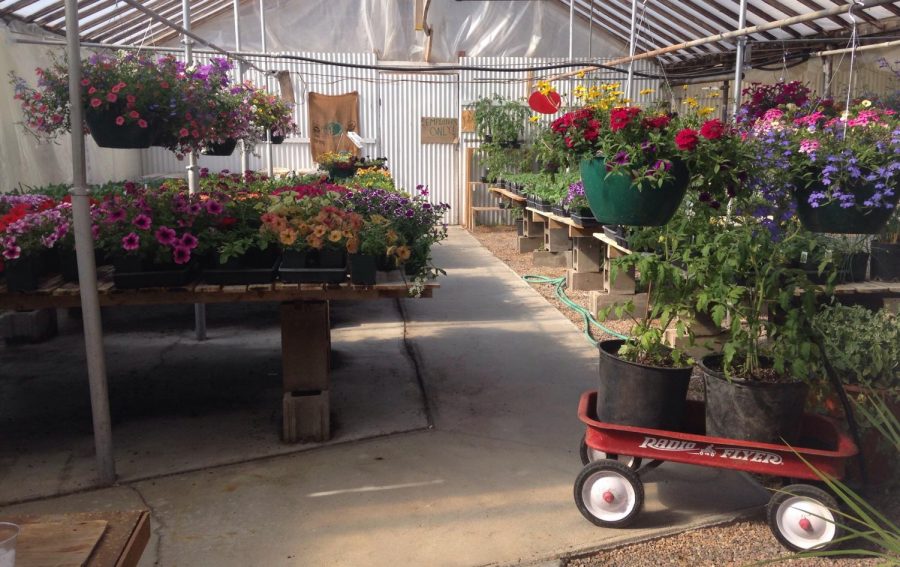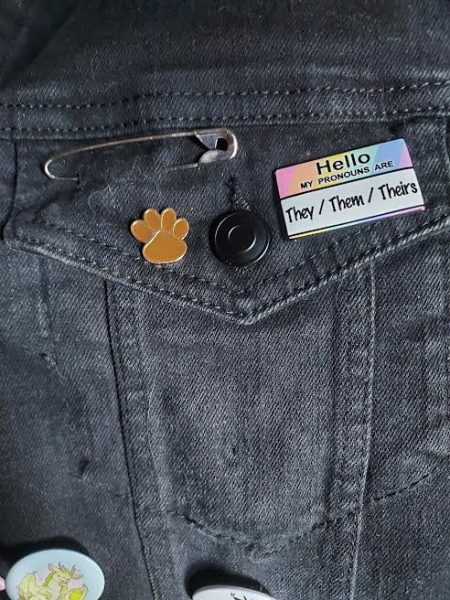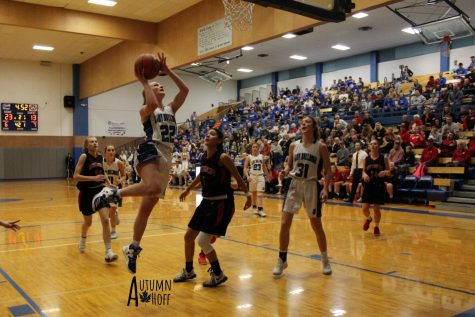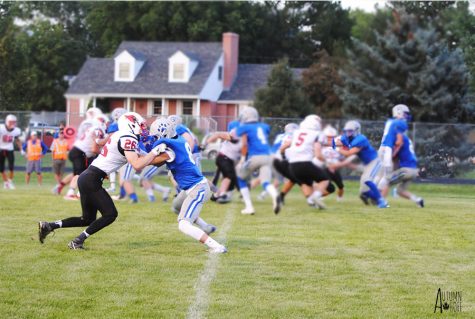The Viewfinder: Hoffhaus Edition
Spring has finally arrived in Alliance, Nebraska… Well, at least in Hoffhaus Gardens. As many of you may know, my grandparents, Gordon and RosaLee Hoff, own a local one hundred-year-old greenhouse. Every March, we begin the two-season-long process of seeding, transplanting, and selling plants for gardens all over the area. I follow the growth progress of the plants through weekly pictures.
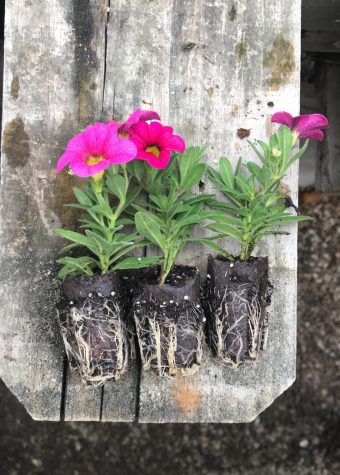 Autumn Hoff
Autumn Hoff
With most of our annual bedding plants, we order in small 1-2 inch plugs, which are pre-grown plants that pop right out of their root-bound homes. Annual plants are plants that do not come back after hibernating for the winter. These include varieties of petunias, geraniums, and lobelia; which are often seen in planters and hanging baskets, as well as flower beds.
Once these are planted in the garden, taking the pictures is easy. When they are tiny like this, it takes a little more thinking to get the best angle; however, they are still fun to take pictures of as they are young, healthy, and very green. Occasionally, a few of them will be mature enough to have a couple blossoms even.
Each and every one of these plugs is plucked from its small growing area and popped into one of the three sizes of pots: four and a half inch, two and a half inch, or a four pack. Every pot is hand-filled with soil, placed in a flat, planted up with a plug, and watered in with care. On average, we transplant hundreds of these a day during the two-week span in which they are delivered.
I don’t always get to photograph the entire process, as I spend many hours transplanting these plants myself. I do try to sneak in a few pictures here and there, but when I am the one doing the transplanting, photographing during the process is not my top priority. My photo sessions usually take place before and after the plugs are dispersed into pots.
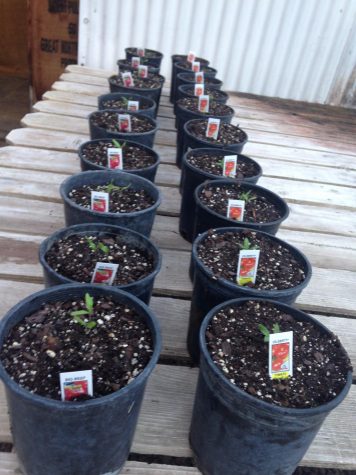
Tomato plants, freshly transplanted from the germination chamber.

Tomato plants after growing for a month.
As for most of the other plants we sell, they are seeded and placed in a germination chamber, which is set to a certain temperature in order for each variety of plant to have a better chance of successfully germinating and sprouting up. For most plants, this generally takes anywhere between a few days to two weeks.
This process is easier to photograph, as the plants are just beginning to grow and we are in no rush to plant them before they overgrow a snug growing area. The majority of these plants sprout up overnight, so there isn’t a long process to capture.
These plants are much more difficult to transplant and care for initially, as they are much, much smaller and more fragile than the previously mentioned plugs. They are usually placed into two and a half inch pots as 2-3 inch seedling with only the cotyledons: the first few leaves to sprout on a seedling. Once these are transplanted, they root quickly and grow to be strong enough to be sold and planted into the ground within a month of their initial seeding.
Once these have grown for a couple weeks, they begin to actually look like the variety of plant that they are. At this point, photographing them shows real progress, as they can now be identified as a vegetable or flower. This may not be true for everyone, as not everyone has the ability to identify a plant by the way its leaves look.
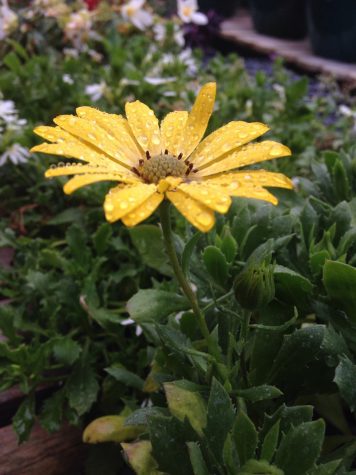 Autumn Hoff
Autumn Hoff
After the plants are all potted and in the growing process, I follow their growth with weekly photos. Once they start growing they don’t stop. This can even be noticed by a side to side comparison of photos taken a week apart.
The growing season has just begun and I am very excited to follow the plants’ growth throughout this 2018 season. This year, we have both old and new plant varieties, making for a good variation in pictures in comparison to previous years.

Hi! My name is Autumn Hoff. I am a senior, here at AHS. This will be my third, and final year writing for the SPUD. I am the Co-Editor-in-Chief with Safyre...

